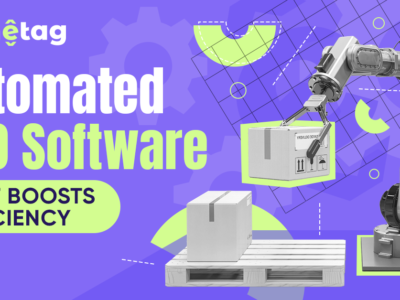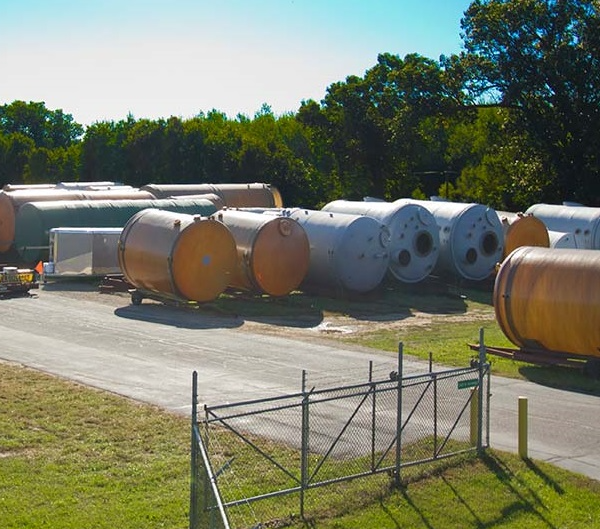
In today’s fast-paced development environment, Docker has become a game changer. Its ability to encapsulate applications into containers allows developers to ensure consistency across different environments. However, managing these containers efficiently is crucial. Enter the Docker Manager—a vital tool that can help you optimize your workflow. If you’re looking to revitalize your Docker Manager, here are ten actionable tips you need to implement today!
1. Choose the Right Docker Manager for Your Needs
Before you dive into optimization, it’s important to start with the right Docker Manager. There are several options available, each tailored to different requirements. Consider factors such as the scale of your projects, ease of use, integration capabilities, and support for orchestration tools like Kubernetes. Picking a Docker Manager that aligns with your team’s needs is the first step in enhancing performance.
2. Set Resource Limits Wisely
One of the most powerful features of a Docker Manager is its ability to set resource limits on containers. This prevents any single container from hogging system resources, which can lead to slowdowns or crashes. Set CPU and memory limits based on the expected workload for each container. By doing this, you can ensure that all applications run smoothly and that resources are distributed fairly across your environment.
3. Implement Health Checks Regularly
Regular health checks are crucial for maintaining optimal performance. A Docker Manager allows you to automate health checks that monitor the status of your containers. If a container is found to be unhealthy, the Docker Manager can automatically restart it or send alerts to your team. This proactive approach minimizes downtime and ensures that your applications remain available and responsive.
4. Optimize Your Docker Images
The size of your Docker images can significantly impact deployment times and overall performance. Here are some tips to optimize your images:
- Use Multi-Stage Builds: Separate your application code from dependencies, reducing the final image size.
- Clean Up Unnecessary Files: Regularly audit your Dockerfile to eliminate any unused files or packages.
- Choose Smaller Base Images: Opt for lightweight images, like Alpine, when possible. Smaller images lead to faster pull times and reduced storage costs.
By focusing on image optimization, you’ll improve the efficiency of your Docker Manager significantly.
5. Efficient Volume Management
Volumes are essential for persistent data storage, and managing them effectively can boost performance. Here are some best practices:
- Use Named Volumes: This makes it easier to manage and back up data.
- Clean Up Unused Volumes: Regularly remove volumes that are no longer in use to free up storage.
- Leverage Local Volumes: If your application requires quick data access, local volumes can provide lower latency.
Effective volume management will enhance data accessibility and overall application performance.
6. Optimize Networking Settings
Network performance is often a bottleneck in containerized applications. To improve networking efficiency in your Docker Manager:
- Use Overlay Networks: This facilitates seamless communication between containers on different hosts.
- Adjust MTU Settings: Configuring the Maximum Transmission Unit can help reduce fragmentation issues.
- Monitor Network Performance: Keep an eye on network metrics to identify and address potential bottlenecks proactively.
A well-optimized network can lead to significant improvements in the performance of your applications.
7. Implement Monitoring Tools
Continuous monitoring is essential for identifying performance issues before they escalate. Utilize the built-in monitoring tools available in your Docker Manager, or consider third-party solutions like Prometheus and Grafana. Regularly tracking key performance metrics—such as CPU usage, memory consumption, and network throughput—allows you to pinpoint bottlenecks and make informed decisions to enhance performance.
8. Automate Scaling
The ability to scale your containers based on demand is one of the most powerful features of a Docker Manager. Implementing auto-scaling helps you adapt to varying loads efficiently. Set up rules that automatically increase or decrease the number of running containers based on performance metrics like CPU load or incoming traffic. This ensures that your applications remain responsive during peak times while saving costs during quieter periods.
9. Regularly Update Docker and Dependencies
Keeping your Docker installation and its dependencies up to date is vital for both performance and security. Regular updates often come with performance enhancements, bug fixes, and new features. Establish a routine for checking for updates, and consider using automated tools to simplify the process. Staying current with updates not only boosts performance but also protects your applications from vulnerabilities.
10. Document Your Best Practices
Finally, don’t underestimate the power of good documentation. Maintain clear and comprehensive documentation of your Docker setup, configurations, and processes. This helps your team troubleshoot issues more efficiently and fosters knowledge sharing. Create a centralized knowledge base that includes best practices, performance benchmarks, and common pitfalls. A well-documented approach ensures consistency and enhances team productivity.
Conclusion
Revitalizing your Docker Manager is not just about making immediate improvements; it’s about setting a foundation for sustainable performance and efficiency. By implementing these ten actionable tips—ranging from choosing the right Docker Manager to automating scaling and documenting best practices—you can unlock the full potential of your container orchestration efforts.
Investing time in optimizing your Docker Manager will pay off in the long run, leading to more reliable applications and a more productive development process. So, roll up your sleeves and start revitalizing your Docker Manager today!










